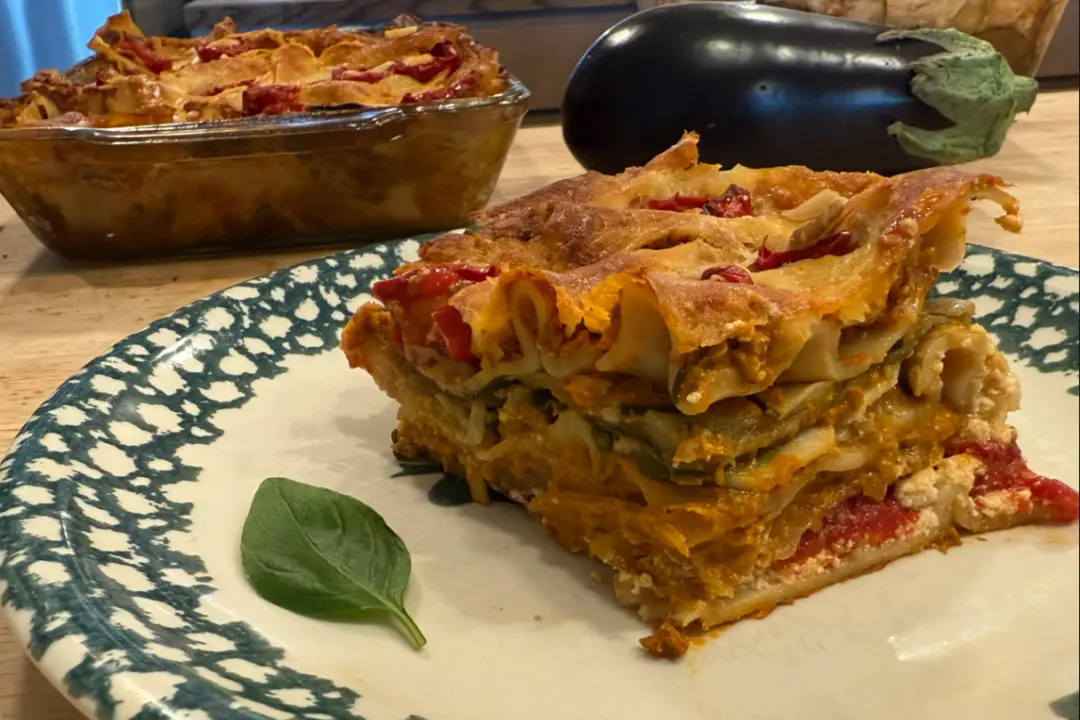When visiting family in the Boston area, I‘ll do some eating, to put it mildly. The way a hungry coyote finds time for a wounded rabbit, I’ll make time for the farmers markets to see what’s in season, and for the old world markets for dolmas, hummus, and Aleppo peppers. I'll carve out a block of time to discover a bowl of duck soup at a new pho joint in the next town over, and drive to Fall River for Portuguese seafood.
But the sweetest discovery of all has been learning how to make a Boston berry parfait.





